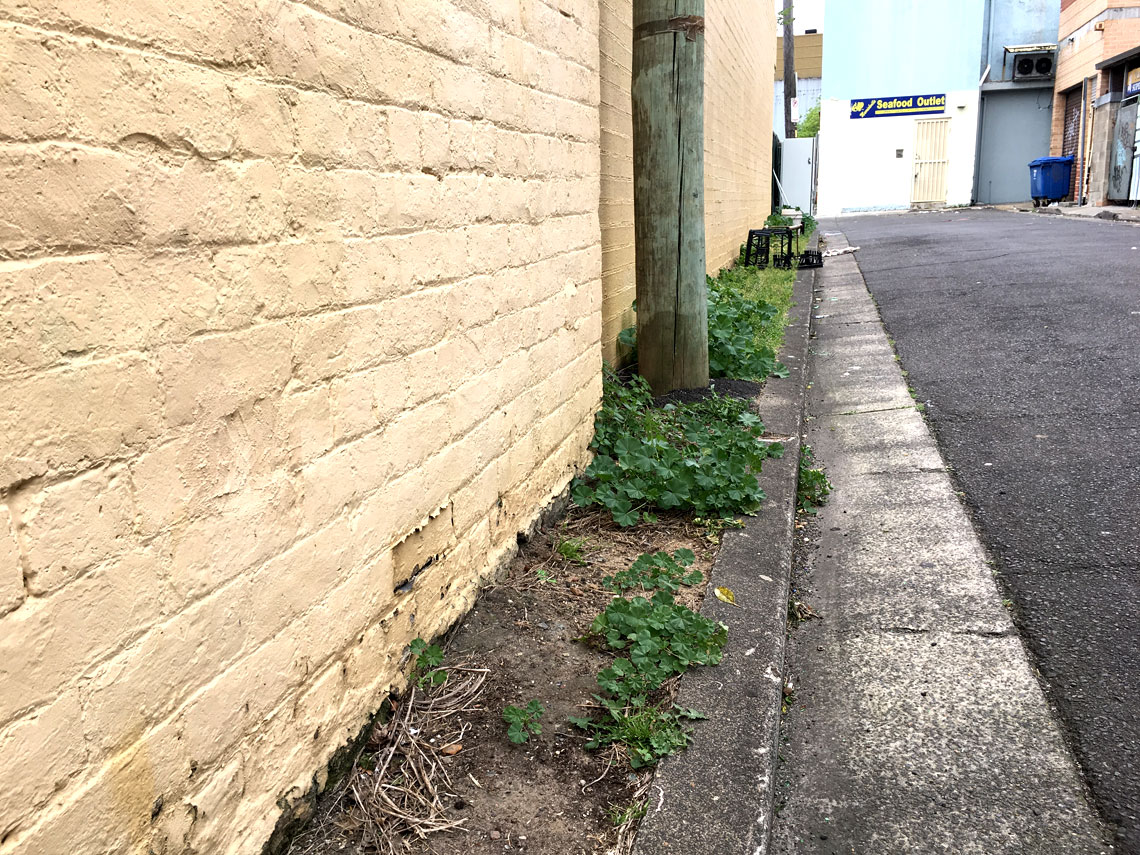We dedicated our walk to Bill Mollison. Mollison, who passed away on 24 September, was a teacher, writer, ecologist, co-originator of permaculture with David Holmgren, and many more things. We walked with Mollison’s A Permaculture Designer Manual in our mind, curious to find out what kind of yield would our walk produce if we thought about systems and design.
We walked with a group of people who had heard about the project and were curious about it. We gave to each of them a card with one of Bill Mollison’s principles, and a seed ball to start with: like fortune cookies, but based on system thinking. Then we started walking.
Urban edges are among the last places where one might expect to find permaculture principles, but let’s not limit our imagination. Take for instance the piles of detritus that accumulate at the side of the road: it’s waste, it’s not-waste. Everything works both ways. Discarded plastic cups act as a barrier and leaves collect against it. The leaves decompose. A tomato seed – escaped from a garden possibly via birds – germinates on the compost, and a plant grows. Suddenly waste becomes not-waste.
In this walk we decided to return something to these neglected urban edges in the form of seeds of edible plants that gardeners grow in the area. We had made seed balls in case the edge was not accessible, and we had seeds to scatter. It is a slow and small guerrilla gardening type of interaction: make the least change for the greatest possible effect. Seeds might grow, or maybe not: we chose niches in spaces with some of the right conditions for the seeds we had selected: some sunny spots for chili peppers, some shady corners for parsley, and so on. It will depend on water, and there hasn’t been much rain this Spring. In a week we will go back to observe what happened.
